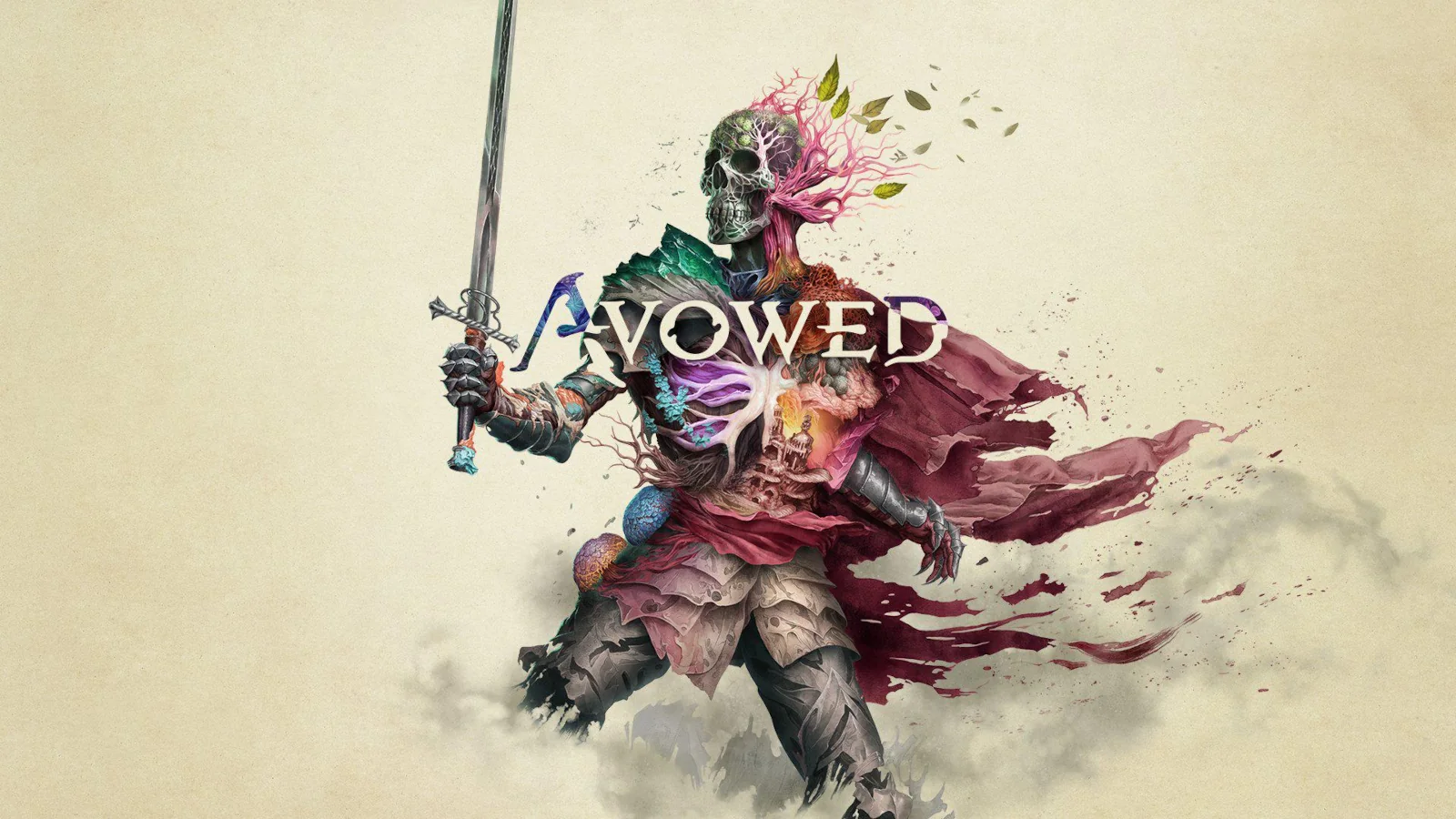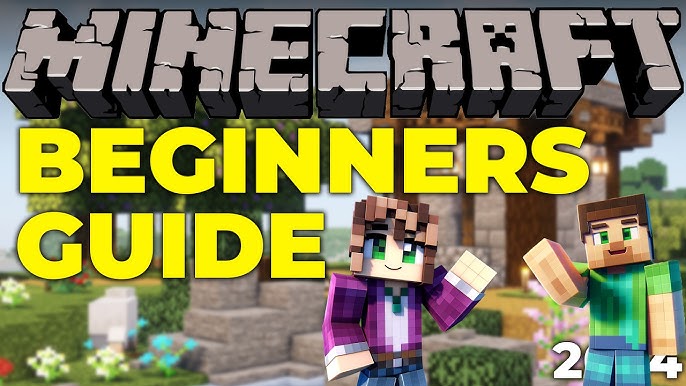Call of Duty (CoD) is one of the most influential and enduring first-person shooter (FPS) franchises in video game history. Since its inception in 2003, it has become synonymous with fast-paced, cinematic warfare, captivating millions of players worldwide across multiple platforms.
1. Origins of Call of Duty
Developed initially by Infinity Ward and published by Activision, Call of Duty debuted as a World War II shooter, focusing on realistic and immersive combat experiences. It stood out by offering multiple perspectives—American, British, and Soviet soldiers—giving players a broad view of the conflict.
This realism and storytelling helped it quickly gain a dedicated fanbase.
2. Gameplay and Core Mechanics
At its core, Call of Duty offers tight, responsive first-person shooting mechanics. The gameplay balances intense gunfights with tactical movement, aiming, and the use of cover. Each installment refines weapon handling, map design, and player mobility to keep gameplay fluid and exciting.
Multiplayer modes are a central feature, with various game types like Team Deathmatch, Domination, and Search and Destroy.
3. Campaign Mode and Storytelling
Most CoD games feature a single-player campaign that combines scripted action sequences with dramatic storytelling. These campaigns are often cinematic, inspired by real conflicts or speculative futuristic warfare.
Narratives span historical wars, modern-day military scenarios, and sci-fi settings, giving players varied experiences.
4. Multiplayer Experience
The multiplayer component is arguably the heart of Call of Duty. It offers fast-paced matches with customizable loadouts, killstreak rewards, and a progression system that encourages continued play.
Competitive modes support solo play, teams, and clans, fostering a strong online community and esports presence.
5. Zombies Mode and Additional Content
Many CoD titles include the popular Zombies mode—cooperative gameplay where players fight endless waves of undead enemies. This mode adds a fun twist and a loyal following, often with deep storylines and Easter eggs.
Seasonal updates, battle passes, and downloadable content (DLC) keep the game fresh with new maps, weapons, and challenges.
6. Graphics and Audio Design
Call of Duty consistently delivers top-tier graphics, realistic character models, and detailed environments. Audio design enhances immersion with authentic weapon sounds, voice acting, and dynamic music scores.
Technological advances allow newer titles to push boundaries in visual fidelity and soundscapes.
7. Competitive Scene and Community
The franchise boasts a vibrant competitive esports scene with major tournaments like the Call of Duty League (CDL). These events showcase the skill and strategy of top players and attract a massive global audience.
Community engagement through forums, streaming platforms, and social media is a big part of the game’s success.
8. Pros and Cons
Pros:
-
Fast-paced, exciting gameplay
-
Wide variety of multiplayer modes
-
High-quality graphics and sound
-
Strong single-player campaigns
-
Regular updates and new content
Cons:
-
Can feel repetitive over time
-
Some balance and matchmaking issues
-
Microtransactions and monetization concerns
-
Steep learning curve for newcomers
9. Impact on Gaming Culture
Call of Duty has shaped the FPS genre and popular culture since its launch. Its influence can be seen in countless games that followed. The franchise’s cinematic approach and multiplayer innovations set industry standards.
It remains a cultural touchstone for gamers of all ages.
10. Final Verdict and Rating
Call of Duty continues to be a benchmark in shooter games. Whether you prefer gripping solo campaigns or adrenaline-fueled multiplayer, it offers something for every type of player.
Overall Rating: 8.5/10
With its rich history, evolving gameplay, and dedicated community, Call of Duty remains a must-play series for FPS fans worldwide.































